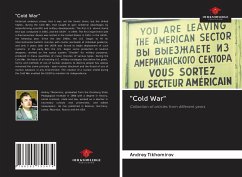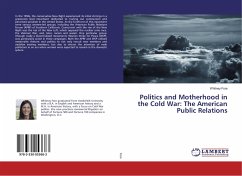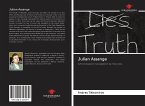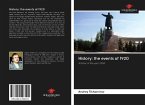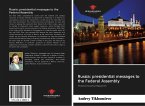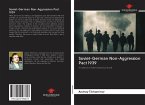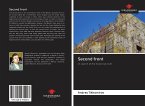Historical evidence shows that it was not the Soviet Union, but the United States, during the Cold War, that sought to gain unilateral advantages by outperforming scientific and military developments. The first U.S. atomic bomb test was conducted in 1945, and the USSR - in 1949. The first experiment with a thermonuclear device was tested in the United States in 1952, in the USSR - the following year. Since the late 1960s, the U.S. began to fill its intercontinental ballistic missiles with cluster warheads of individual guidance, and only 5 years later the USSR was forced to begin deployment of such systems. In the early 80's the U.S. began serial production of neutron weapons, worked on the space system "Shuttle" for military purposes, produced in mass quantities of cruise missiles of various types. During the Cold War, the basis of all existing U.S. military strategies that define the goals, forms and methods of use of nuclear weapons to destroy people has always remained the same principle - open nuclear blackmail and the threat of use of nuclear weapons in any environment. The creation of a nuclear shield during the Cold War enabled the USSR to maintain its independence.

